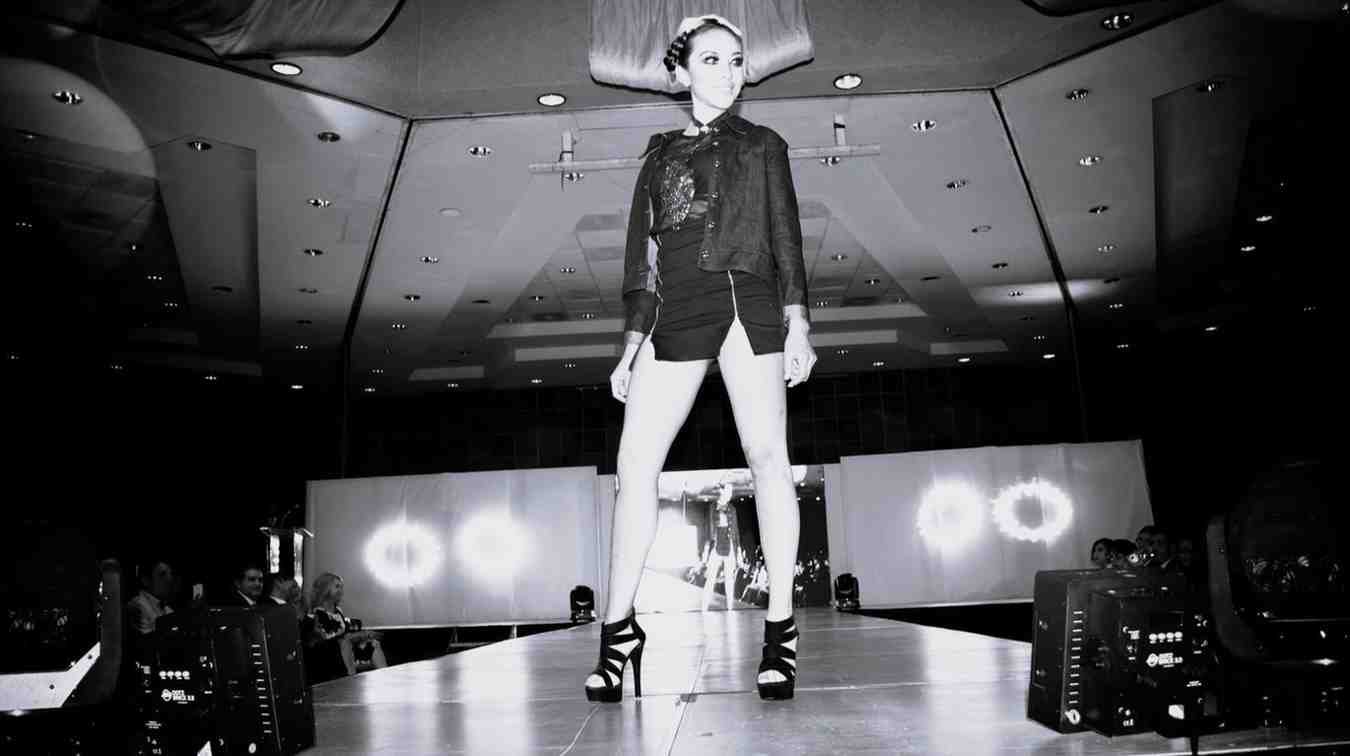Milan Fashion Week (MFW) isn’t just a runway spectacle—it’s a force that shapes what the world will wear next season. Below is a deep dive into five essential aspects that make Milan Fashion Week the fashion capital’s crown jewel.
What Is Milan Fashion Week?
Milan Fashion Week is a semi-annual fashion trade extravaganza where leading designers and fashion houses unveil their upcoming collections to buyers, media, and the world. It is one of the “Big Four” fashion weeks, alongside New York, London, and Paris.
Between February–March, autumn/winter lines debut; in September–October, spring/summer collections take center stage.
Unlike a local fashion fair, MFW operates as a global trend engine—with presentations, parties, street style, and deep industry business all interwoven across the city.
Why Milan Fashion Week Matters More Than Ever
Trend authority: The runway visions from Milan ripple out into shop floors, social media, and fast fashion labels worldwide.
Italian craftsmanship spotlight: Milan’s strength lies in combining high fashion with artisanal textile and tailoring traditions—something beyond the reach of many other fashion capitals.
Economic and cultural engine: In 2021, MFW generated around €64 million in direct impact for Milan, influencing hospitality, retail, and tourism.
Platform for both legacy and new voices: The stage balances heritage houses (Prada, Versace, Fendi) with emerging designers destined for global acclaim.
When and Where It Happens
Schedule: Twice a year, usually lasting about a week.
Venues everywhere: Shows are held in palazzos, museums, public piazzas, converted warehouses—you’ll never know where the next catwalk will surprise you.
Fashion district heart: The Quadrilatero della Moda (Via Montenapoleone, Via della Spiga, Via Manzoni, Corso Venezia) remains the pulsating core of Milan’s luxury identity.
How Milan Fashion Week Works—Beyond the Runway
Spectacle as storytelling: Designers often stage immersive performances, installations, or cinematic presentations. For example, Gucci launched a short film “The Tiger” instead of a conventional show in 2025.
Street style counts: The fashion outside the tents often becomes the more viral part—unexpected outfits, bold color duos, and creative layering.
Radical formats: Diesel, for instance, placed models in transparent bubble “eggs” across city sites—turning the streets into live galleries.
Sustainability push: In recent editions, MFW has spotlighted eco-friendly techniques and awarded innovations in sustainable design.
Hidden Gems & Little-Known Facts
| Insight | Why It Matters |
|---|---|
| First MFW in 1958 | It aligned with Italy’s industrial and textile boom; camera-organized by the National Chamber of Italian Fashion. |
| From Florence to Milan | Early Italian fashion events started in Florence, but Milan’s scale and access to manufacturing tipped the balance. |
| Versace’s 1991 “Freedom!” moment | The supermodel-powered show with George Michael’s “Freedom!” track became a defining pop culture moment. |
| MFW & local life blend | During show weeks, cafés, shops, and public spaces host pop-ups and micro-events—fashion spills into everyday Milan. |
In sum, Milan Fashion Week isn’t just for designers and celebrities—it’s the engine where heritage, innovation, commerce, and spectacle collide. It shapes what the world will wear next, while showing off Milan’s knack for combining high art with street life.

